I started this website in order to educate all the young fans of this popular sport with different abbreviations. Without understanding them, it’s very difficult to follow a game properly.
In fact, we have already explained terms like TB, RISP, LOB, MVR, PO, BP etc. But do you know what does CP mean in baseball? That’s what you will get to know right now at this page.
The initials CP can often be seen on the back of a baseball player’s jersey, and the CP means closing pitcher. They are nothing but the expert relief pitcher who joins the game in the final inning.
Read this article to learn more about the changeup and how it can help you succeed in the game of baseball and beyond.
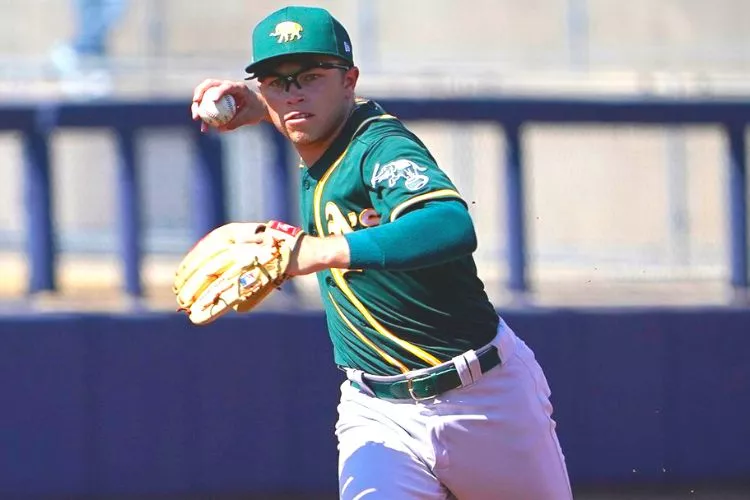
What does cp mean in baseball?
In baseball, CP stands for closing pitcher (closer) who joins the game in the last inning while his team is in the lead. In most case, the closer is also the best relief pitcher of the team.
In this sport, a Complete Game is a game where a pitcher goes through all nine innings without being replaced by a relief pitcher. When the game ends, he has pitched the whole game.
A pitcher can also be credited with a Complete Game if he pitches at least six innings and his team ties or wins the game. He does not need to go through all nine innings for this to happen. The pitcher needs only pitch at least six innings for it to count as a complete game.
For example, he may have pitched 5 1/3 innings and then got relieved after giving up three runs in the top of the ninth inning. In that case, even though he was relieved before finishing the ninth inning, it still counts as a complete game because he went through six innings of work.
And when you think about it, there are plenty of examples where a pitcher could go through eight or more innings without completing nine innings. If a reliever comes in and throws two perfect innings in the middle of a game (let’s say with no hits allowed), they are usually going to stay in until they get out since they’ve been throwing so well.
Of course, there will always be exceptions depending on how far into the game we’re talking about. It could make sense for an inexperienced reliever to come into one inning early on instead of waiting until later on when fatigue starts to set in but you know what I mean. As long as he finishes six-plus innings, that counts as a complete game too.
What is the difference between a closing pitcher and a relief pitcher?
A relief pitcher is usually brought in at the end of the game to protect a lead or to stop a losing streak. A closing pitcher is usually a starting pitcher who has been used earlier and is brought in at the end of the game.
The word closer may be used as well, but it doesn’t have an official definition. The other main difference between these two pitchers is that the closer only pitches one inning, while most relief pitchers will pitch more than one inning.
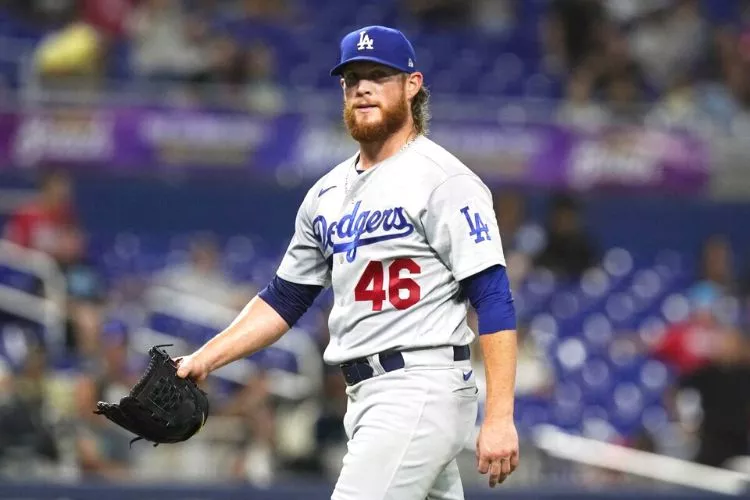
These are just some of the definitions for what a closer and relief pitcher means. There is also another type of player called a starter-reliever, which is someone who starts on the mound and then finishes the game pitching from the bullpen.
The next question people ask is how they are different. They both play on the field with their team so they can be similar at times. But closers work to put out fires that may arise while relievers give their teammates time off by taking over once they’ve been through three innings pitched.
What are the three types of pitchers?
In baseball, there are three types of pitchers:
- Fastball pitcher.
- Curveball pitcher.
- Changeup pitcher.
A fastball pitcher throws a ball that travels about 90 miles per hour. A curveball pitcher throws a ball that curves as it comes toward the batter. A changeup pitcher throws a ball that looks like a fastball but travels slower than usual (around 80 miles per hour).
Fastball pitcher in baseball
In baseball, a fastball pitcher is a type of pitcher who throws the ball with maximum speed. This type of pitch is often thrown with the arm pointed directly at home plate.
The fastball can also be called a four-seam fastball because it is coming from four seams that are stitched together on the ball.
The opposing team usually has to have quick reflexes and good catching skills to catch this pitch because it moves very quickly and has some backspin as well.
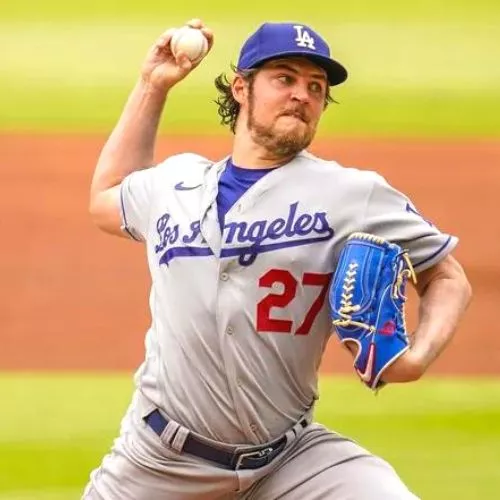
When you hear someone call for an eephus or hesitation, these pitches are meant to confuse hitters and cause them to swing too early. The eephus is named after Ephraim Eph Fuchs, former major league relief pitcher for the Cincinnati Reds and Philadelphia Phillies. The hesitation pitch also called a changeup, requires more experience than other pitches.
Curveball pitcher in baseball
A curveball pitcher is a baseball player who throws a curveball. A curveball is thrown from an overhand arm position. It has three main components: velocity, spin, and break.
The curveball will have a backspin rotation so that it breaks to the right for right-handed pitchers and the left for left-handed pitchers.
This break means that the pitch curves either clockwise or counterclockwise as it approaches the home plate.
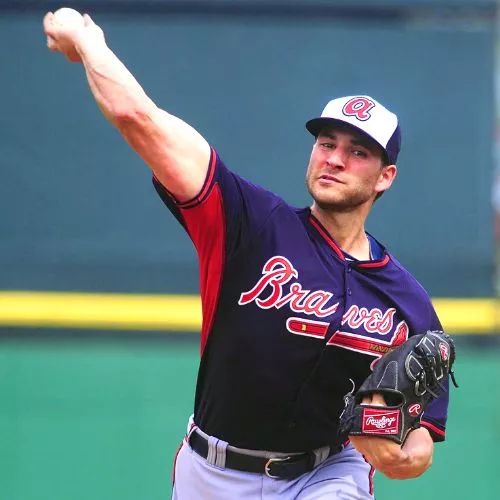
Many times this is determined by which side of the ball touches first on release. There are two different grips used to throw a curveball; one with four fingers on top of the ball (called finger grip) and one with just two fingers under it (called split-fingered fastball).
Changeup pitcher in baseball
In the world of baseball, the changeup is a pitcher’s best friend. For batters, it might just be their worst nightmare.
The changeup is one of the most valuable pitches a pitcher can have because it slows down the batter and makes it harder for them to hit the ball.
The changeup is thrown with about 80-90% of arm speed as opposed to 100% like with a fastball. This causes more movement on the ball and less velocity, which can be difficult for hitters to anticipate and time.
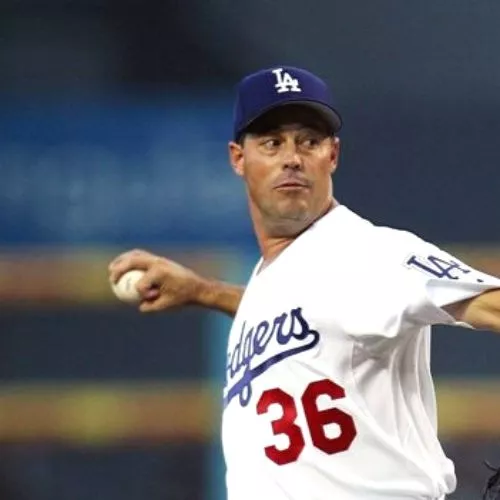
The slower speed also reduces wear on a pitcher’s arm because they’re not throwing as hard as they do with other pitches. There are many different types of changeups that pitchers use: some curve up, and others curve down. Some move away from the hitter while others move towards him or her. They may also have different speeds: slow, medium, or fast.
Are closing or starting pitchers better?
Is it better to be a starting pitcher or a relief pitcher? The answer is not as simple as you might think. Both types of pitchers have their own unique sets of strengths, weaknesses, and challenges. There are pros and cons to both positions.
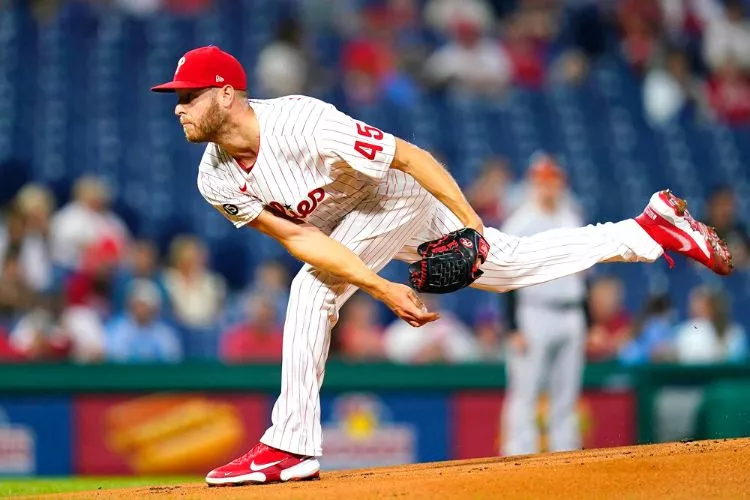
For example, starting pitchers go through the process of warming up before every inning, which can take up a lot of time, whereas relief pitchers come into games when needed and may only need an inning or two to get ready. As another example, relief pitchers often face batters they’ve never seen before while starting pitchers know the batting order intimately by the third time through it. In general, some aspects work better for one type of pitcher than for the other.
Are closing pitchers important?
By now, most baseball fans understand how important closers are to their team’s success in a close game. If you look at the top teams of recent years (2014 Chicago Cubs, 2017 Houston Astros), they all had dominant closers who helped push them to victory in Game 7 of the World Series.
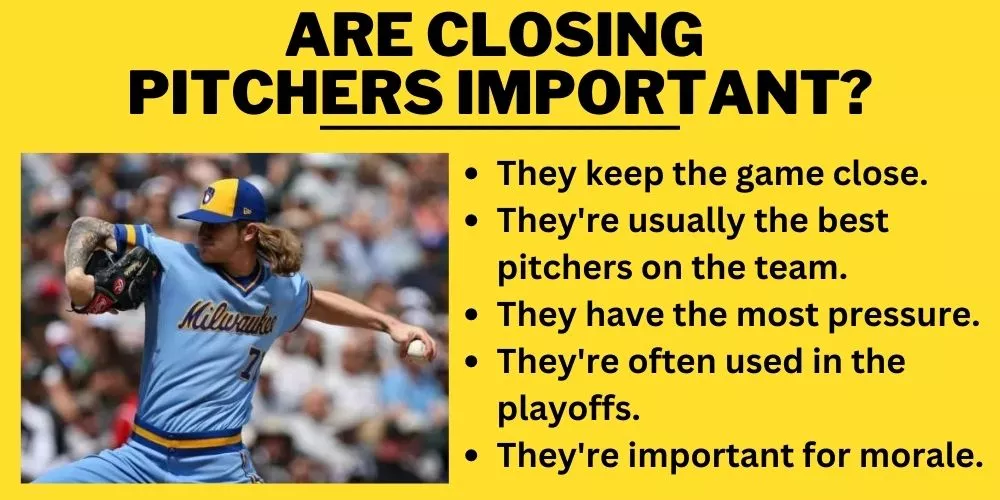
While starting pitchers are usually tasked with keeping their team within striking distance of their opponent, closers are called upon when the time is right to shut down the other team’s rally and allow your team to come from behind and win. But what makes closers so important in the modern game?
They keep the game close
Closing pitchers are the only players that can keep the game close once it’s already been decided. Teams rely on them to come up with big performances when they need it most and often, closers are the difference between a win and a loss. Here are five reasons why closing pitchers are important:
They make sure the other team doesn’t score in the late innings – If you’re down by one run, your team is still in the game if there’s a closer. They help get out of jams – Closers have to be able to pitch their way out of tough situations, so they’ll have better statistics than starting pitchers.
They’re usually the best pitchers on the team
Closing pitchers are typically the best pitchers on the team. These players have a lot of experience, and they know how to get outs. They’re often used in high-pressure situations, so they have proven that they can handle pressure well. The closer also has one of the strongest arms on the team and is usually very accurate with their pitches.
Closing pitchers make for some of the best trade bait because teams always need good closers. Plus, if you want to go for a high draft pick, trading your closer is a good way to do it because those players are so coveted by other teams.
They have the most pressure
When it comes to the game of baseball, there are few things more important than a good pitcher. And while we think of starting pitchers as the ones who get all the glory, when you think about it, they have much less pressure on them to perform well.
The closer has the most pressure on him or her and that’s why they are so integral to a team’s success. Here are five reasons why closing pitchers are important:
A star closer is worth just as much as a starter-but you have five starters versus one closer. 2) A team can’t win without scoring runs and their starter needs to pitch (at least) six innings for them to score runs-whereas a reliever only needs one inning at most.
They’re often used in the playoffs
The first-ever World Series was played between the Boston Americans (now Red Sox) and Pittsburg Pirates in 1903. The series was a best-of-nine game, so each team had to win five games to take the title.
Boston won the first three games before Pittsburg tied it up with three of their own in Game Four. When Boston won Game Five, they were only one away from taking home the trophy. But when they lost the next two games, Pittsburg went on to win Game Eight and take home their first championship in what is now an eight-game series.
Nowadays, it’s common for teams to have a handful of pitchers on their roster who are used strategically throughout the season.
They’re important for morale
Closing pitchers are important for morale because they give your team a chance to win and to have somebody out there who has their back. A lot of times when you’re in the lead with two outs, you don’t want to let the other team take that lead away from you. You need somebody out there who can be in control and close the game down. That’s why it’s important for morale.
Closing pitchers provide a sense of urgency because they know that every pitch is big and every at-bat is life or death, if it doesn’t work out for them then all their teammates are going to come up short as well.
Who is the best closing pitcher ever?
When Trevor Hoffman retired, he had the most saves of any pitcher in Major League history. He played his entire 20-year career with the San Diego Padres and was selected to the All-Star game five times.
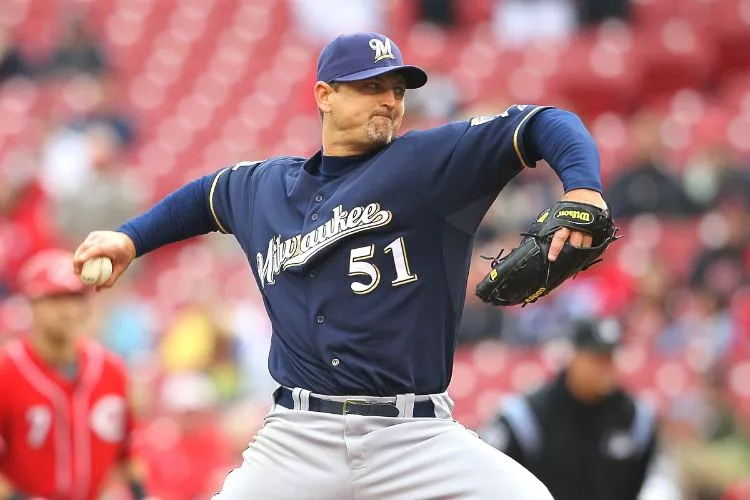
For much of his career, he was considered one of the best closers in baseball; he is also remembered for his strict adherence to a pitching regimen that prevented him from wearing down during games. In 1993, he became just the third pitcher ever to earn 40 saves in a season.
As a result of that and other achievements, Hoffman was inducted into both the Texas Sports Hall of Fame and the National Baseball Hall of Fame.
Frequently Asked Questions (FAQs)
How many closing pitchers are on a baseball team?
A baseball team has three players on the field at a time. One is a catcher, one is a pitcher and one is a shortstop. The pitcher throws the ball to the catcher who then throws it to the shortstop. The shortstop then throws it back to the catcher who throws it back to the pitcher so they can get ready for another pitch.
Do closing pitchers bat?
Closing pitchers are the ones who come in to close out a game at the end of the ninth inning or later. They don’t bat, but they do have a designated spot in the lineup if they’re not pitching.
Do closing pitchers play every game?
The answer to this question is not a straightforward yes or no. Closers typically do play every game, but that is not always the case. The number of games they play will depend on how many innings they pitch and how often their team is winning.
How much does a closing pitcher make?
A closing pitcher is one of the most important players on the team. They enter the game at a crucial point, usually with a lead, and are tasked with finishing off the opponent. The salary for a closing pitcher largely varies depending on how high up they are in their team’s ranks. A closer who has just been promoted to his first major league season can earn as much as $600,000-$800,000 per year.
How often do closing pitchers pitch?
Closing pitchers only pitch about one-third of the time. On average, they pitch about 8 innings per game, with a few exceptions. The number of pitches depends on how long the game goes and how many outs there are. Plus, it also depends on whether it’s a day game or a night game because you can’t throw as hard during the day as you can at night.
Conclusion
CP stands for a closer. A closing pitcher is one of the nine players on a baseball team.
The catcher is usually positioned behind home plate (the rectangular area of dirt where the pitcher stands and throws) with his or her back to the field. The other eight players are positioned around the field and bat at opposing teams, which have nine players as well.
